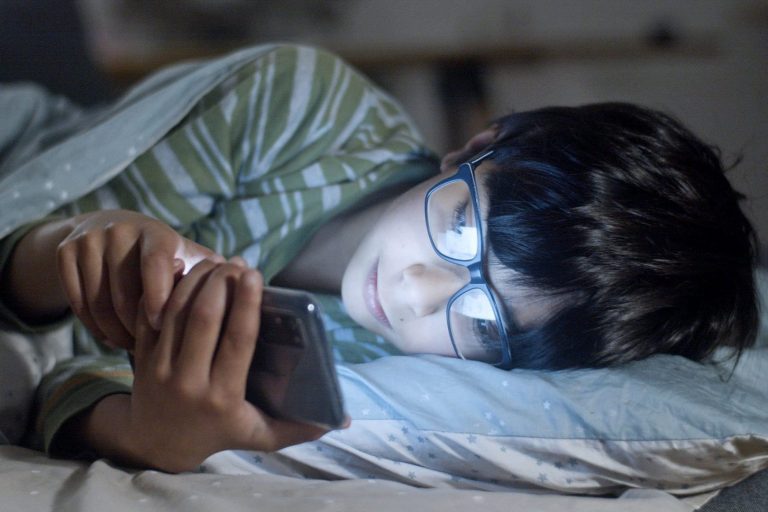6 ways to foster your Kid’s Creativity
Do you want your kid to be the next Mozart? Van Gogh? J.K. Rowling?
We are here to give you some relevant clarifications and some colorful tips.
What comes to mind when you hear the word creativity? And, is art the only creative process that exists?
Contrary to what we may believe, creative thinking is not about creating something new from scratch, but rather conceiving what is already present and combining these ideas in a way that has not been done before. If you can make a new connection between two old ideas, you have done something creative.
To make it easier, think about creativity as a connecting dots game. The dots are the thoughts or ideas you have in your head, knowledge, or experience you have gained. As you’re collecting the dots, they may seem unrelated at first coming from different sources. They may be things you know very well and you are very experienced in or maybe not. Creative thinking is the ability to connect these different dots. For example, electrical cars. There were cars before and there were devices that worked with electricity. Creating electrical cars must have sounded like a very novel idea at first, but it is just the connection of two different concepts/dots of different fields.
Now let’s think for a moment: Is creativity a genetic trait, an innate ability or is it something one can learn? Many of us say that we or our kids are not creative types, but is that true?
We have all heard myths regarding creativity. Some say “You have to be born with it”. Others say “You must be left-brained.” Some people think it is related to art, some think it is related to madness. However, whilst having the right genetic makeup can make your brain more inclined towards creative thinking, factors such as upbringing, plays a crucial role in your brain’s development, and the truth is that everyone, kids and adults, can teach themselves to be deliberately creative.
But how do I foster my kids’ creativity?
These are the three basic components of creativity that you need to keep in mind:
- Intrinsic Motivation: you need to make sure that your kid has an intrinsic desire to learn about something and get better at it. Usually, we have intrinsic motivation for things that we appreciate and are linked with our values.
- Expertise: you need to provide the kid with opportunities to gain some knowledge in the area he/she/it wants to be creative in. To increase the number and variety of dots in its head.
- Creative Thinking Skills: this is where you help the kid to understand the creative problem-solving process; how ideas are developed. This can be developed with practice.
And how can my kid practice its creative thinking skills?
Here are some practices that can be used:
- Keeping a specific direction in mind not to get lost in the creative process and a plethora of ideas. It is important to keep the goal clear..
- Being proactive in getting exposed to new ideas and information because the mind is like a muscle that loses its vitality and energy if not exercised.
- Creating an idea junk to store even random, not masterpiece ideas which pop in your mind through the process since every dot can somehow contribute to a possible future outcome.
- Working on your fear of failure and rejection which can block new ideas just because the fear to make a mistake or not being approved is persistent. Start by not judging your work too harshly and requesting productive feedback.
- Exploring a view/goal/solution by multiple perspectives using brainstorming, mindmaps, flowcharts, etc.
- Creating a schedule because contrary to what we might believe constraints can have a boosting effect on your creativity. If you keep telling yourself that you will do that one thing sometime in the future, chances are you might never finish that work.
So finally, do you want your kid to be the next Mozart? Van Gogh? J.K. Rowling?
We hope you understood that these are not the only options that exist! Fostering your kids’ ability to connect colorful different ideas may seem not a priority at first. However, knowing what creative thinking is easy and how it works hopefully affected your interest in incorporating some of the recommended tips in your kids’ full of dots reality.
Let the connecting dots game begin!
If you are looking for some creative professional advice on this, you can book an appointment here.
Alexandra Symeonidou is an Intern at Willingness with a BSc in Psychology, who will start her MSc in Clinical Psychology this following September.
References
Amabile, M.T. (1998). How to Kill Creativity. Retrieved from https://hbr.org/1998/09/how-to-kill-creativity
American Psychological Association. APA Dictionary of Psychology. Washington, DC: APA
Cavdarbasha, D. & Kurczek, J. (2017). Connecting the Dots: Your Brain and Creativity. Front. Young Minds 5:19. doi:10.3389/frym.2017.00019
Cherry, B. (2019). Common Barriers to Creativity in Business. Retrieved from https://truscribe.com/business-creativity-barriers/
Cherry, K. (2020). 17 Ways to Develop Your Creativity. Retrieved from https://www.verywellmind.com/how-to-boost-your-creativity-2795046
Clear, J. Creativity: How to Unlock Your Hidden Creative Genius. Retrieved from https://jamesclear.com/creativity
Henley, B. (2015). Is Creative Thinking Genetic or Learned? We Might All Be Wrong. Retrieved from https://www.skyword.com/contentstandard/is-creative-thinking-genetic-or-learned-we-might-all-be-wrong/







